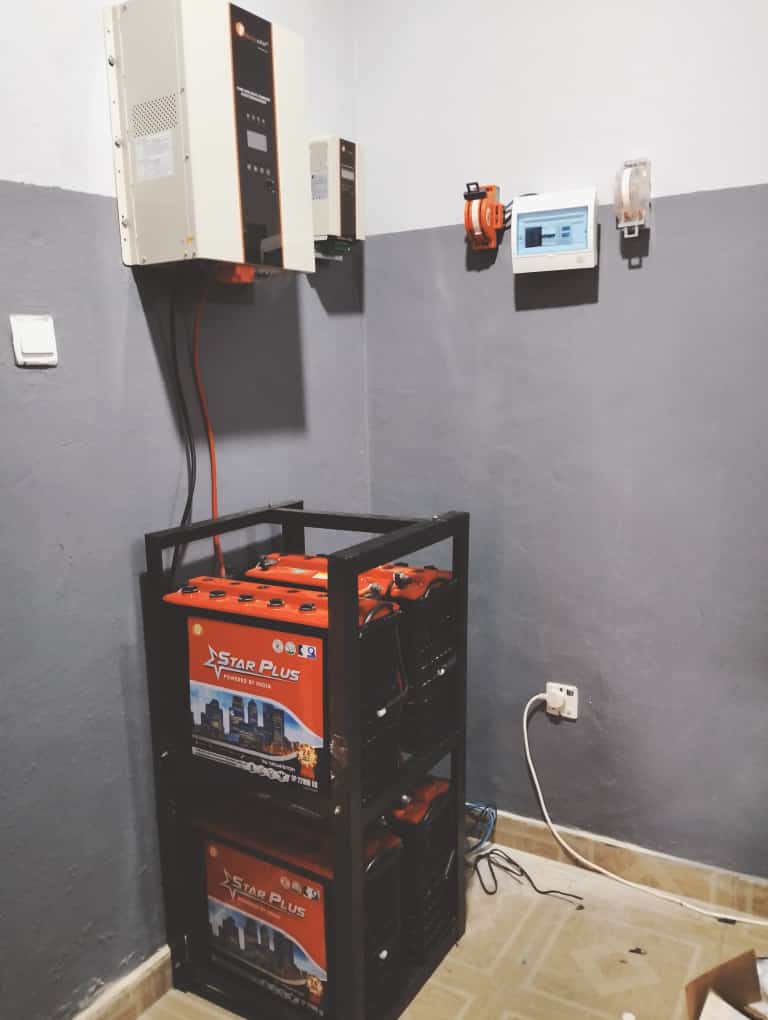
With its enhanced network performance, 5G wireless technology sevolves industries and our daily lives. The technology surpasses 4G systems’ ability to transmit massive sums of data in near-real time.

Expanding global adoption
According to a U.S. Government Services Agency report, as of October 2021, more than 70% of nations and regions had made investments in 5G technology. The investment from 469 operators worldwide ranges from trials to licenses acquisition and network deployment.

Increasing variety of 5G devices
The number of announced 5G devices continues to rise and grew by 24.2% over the last quarter of 2021 (GSA report1 ). The devices span from fixed-wireless access devices to
phones, modules, industrial gateways, tablets, laptops, invehicle routers, hot spots and many more.

The network of the future
It will cover about 60% of the world’s population by 2026, with 5G networks carrying more than half of the world’s smartphone traffic (Ericsson report2 ).

Opportunity in augmented reality (AR)
4G can still deliver AR, but 5G enhances it. An Ericsson research report shows that it users spend two hours more
per week using cloud gaming and one hour more on AR
apps compared with 4G users.

Varying global regulations and requirements
It regulatory requirements vary at national, international
and industrial or vertical levels. The rapid expansion
of 5G product categories brings about new challenges
when seeking to meet safety, security, connectivity,
interoperability and performance requirements.
Conclusion
This’s a new upgraded version on network speed. it will cover about 60% of the world’s population by 2026. You can drop your comment on the comment section…

